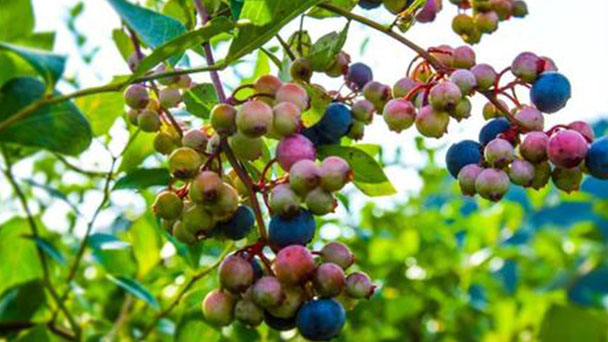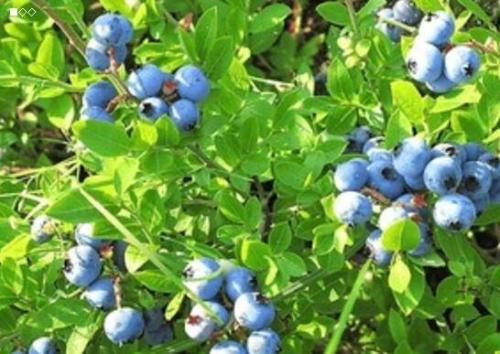How to propagate blueberry
Written by Maggie
Mar 30 2021

Blueberry cutting propagation is the main method of propagation, and for common flower friends, cutting propagation is the most convenient propagation method. Now let's see the cutting propagation method of blueberry.

Selection of cuttings for blueberry propagation
In the spring before the germination of 2-April cuttings, cut with inserted, suitable for the growth of robust and no diseases and insect pests of 1-2 years of branches. Pay attention to avoid the selection of long branches, large branches and frozen branches. Cuttings for blueberry propagation should be selected as far as possible in the lower part of the branches, cuttings length of about 30 cm.
Cutting medium for blueberry propagation
You can use putrid moss and grass carbon and river sand mixed preparation, do not add base fertilizer. Before cutting propagation of blueberry, the substrate needs to pour permeable but not water, cutting the container a little deeper.
Cutting process of blueberry propagation
When we carry out cutting propagation of blueberry, cut the end of the cuttings diagonally with a sharp blade and insert them vertically into the medium, exposing only one top bud, then spray with water once. Cuttage distance should not be less than 5 cm in general, if the cuttage is too dense it is easy to cause rooting seedling dysplasia.
Management after blueberry cutting propagation
Water management
Water frequently after blueberry cutting propagation to keep the soil moist, and take care to avoid standing water, which can cause roots to rot. At this time, although the leaves have been unfolded, the cuttings have not yet taken root, and insufficient water will easily lead to the death of cuttings. When the top leaves begin to turn green, it is a sign that the cuttings have begun to take root.
Fertilizer management
Fertilizer should not be applied until the cuttings of blueberry propagation have taken root. Fertilizer should be applied to promote plant growth after the cuttings have taken root. Fertilizer should be applied in liquid form, once a week, the use of 3% or so concentration of complete fertilizer. Pay attention to the need to spray water in time after fertilization. The purpose is to rinse off the residual fertilizer on the leaf, to avoid damage to the leaf.

Latest Updated
- Benefits of Bugleweed - 7 Science-backed Health Benefits
- Bugleweed Dangers & Side Effects - Is It Poisonous?
- How to Plant Evergreen Trees - What You Should Know
- When to Plant Evergreens - Grow Guide for Evergreen Trees
- 12 Wonderful Evergreen Shrubs for Your Garden
- 12 Popular Evergreen Plants with Pictures for Beginners
- When And How To Prune A Lilac Bush Like a Pro
- How to Grow & Care for Lilac Vine (Hardenbergia Violacea)
- Japanese Lilac Tree (Syringa Reticulata) Care & Propagation Guide
- Shumard Oak Pros and Cons - What to Know
Popular Articles
- Winter maintenance of Antirrhinum Majus
- How to Grow Terminalia Mantaly Tree
- How to Grow and Care for Crossostephium Chinense
- How to grow Antirrhinum Majus in spring
- Peristeria Elata (Dove Orchid) Profile: Info & Care Guide
- Underwatered Snake Plant (Sansevieria Trifasciata) - Signs And How To Fix
- How to Care for Brazilian Jasmine Plant (Mandevilla Sanderi)
- How to Grow & Care for Graptopetalum Purple Delight in Summer
- Rosa Chinensis (China Rose): Plant Growing & Care Tips
- How to Care for Baby Sun Rose (Aptenia Cordifolia)